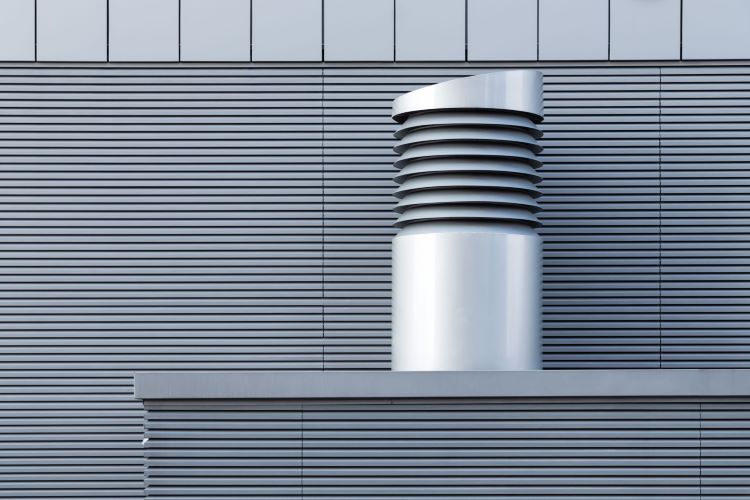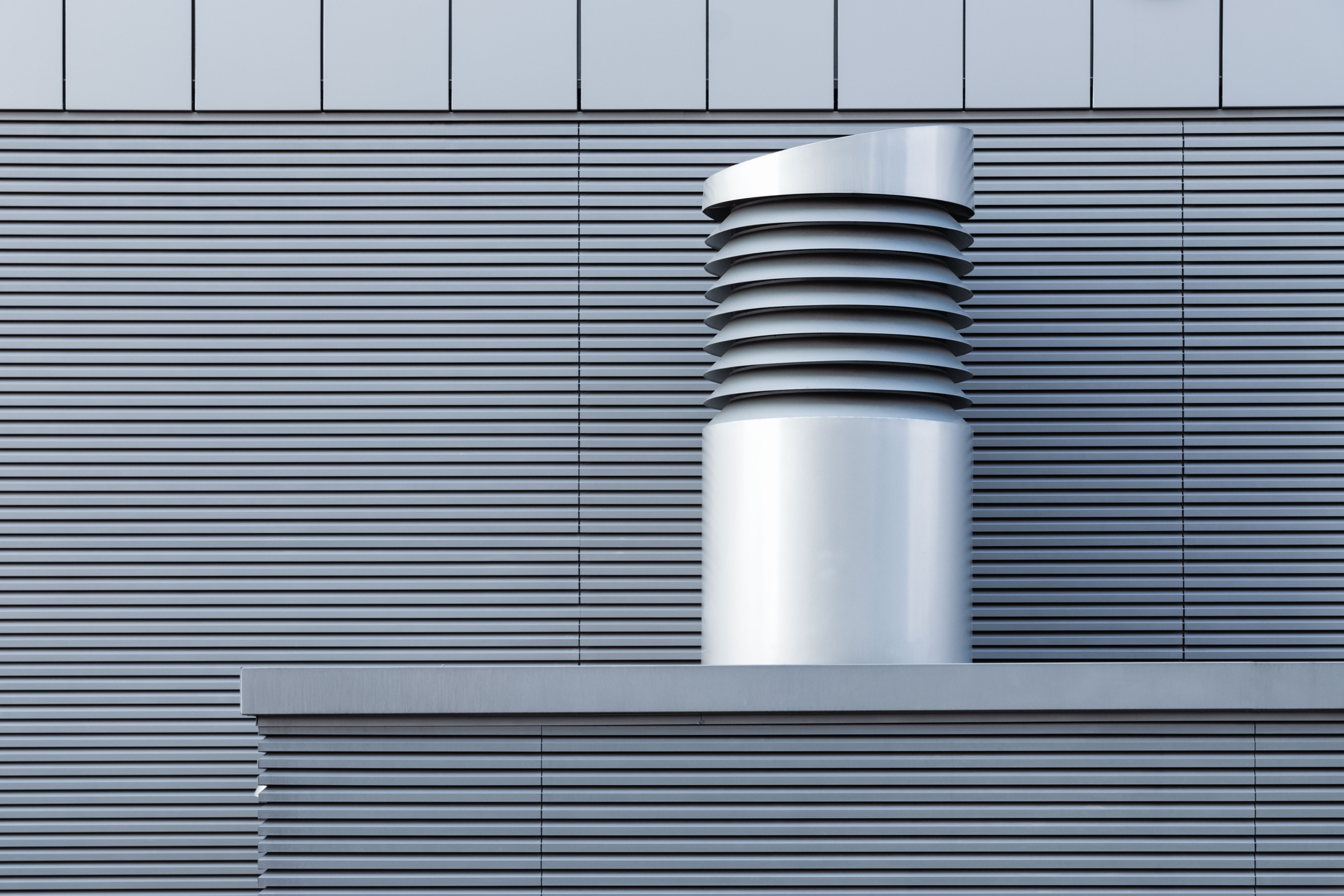
How ventilation plays a role in protecting against airborne transmission.
Air-Pollution
Covid-19
Risk-Assessments


Air-Pollution
Covid-19
Risk-Assessments
Ventilation and the role it plays in managing transmission of the COVID-19 virus is a hot topic at the moment. In this blog, Sriram Prasath one of our Occupational Hygienists will explain aerosol transmission and how ventilation under the right management can help businesses start operating again.

Understanding viruses in droplets and aerosols
Droplets have a limited travel range and can be sprayed onto individuals within 2 metres. Viruses in aerosols, however, can remain suspended in the air from seconds to hours and act in a similar way to smoke which means they are easily inhaled. The current 2 metres physical distancing rule is a key recommendation to protect yourselves from sprayed droplets but a person is far more likely to inhale aerosols than sprayed droplets.
Droplets containing SARS-CoV-2 virons are of concern as their viral component has been found to retain its virulence for hours as an aerosol and, based on its small size and weight, they can remain suspended in the air for an extended period. If you are near an infected person, you may inhale the airborne virus, due to respiratory fluids which are aerosolized in that area, due to coughing, sneezing or talking as examples.
So apart from the ‘hands, face and space’ guidance how else can people be protected from viruses in aerosols? The good news is that HVAC systems (heating, ventilation, and air conditioning) are capable of playing an important part in helping remove COVID-19 from the air.
Poorly ventilated indoor spaces could lead to super-spreading events
Historically ventilation systems have been a mode of transmitting and spreading infectious diseases such as measles, chickenpox, flu, smallpox, and influenza. A similar possibility exists for the COVID-19 virus as it remains suspended in the air, in free micro-droplets, aerosols or even attached to particulates. Air-conditioning systems can pick up the virus, and recirculate it, which poses a safety problem for indoor environments.
The characteristics of HVAC systems, therefore, are very important for safety purposes. A traditional HVAC ventilation and filtration system can work well when properly designed. The basic concept behind each is to provide fresher air to space, diluting the occupied environment of airborne contaminants in order to support a safer and healthier indoors. In the simplest way to explain, ventilation flushes a space with cleaner (outdoor) air and/or recirculates space (return) air through filters designed to remove harmful pollutants.
An HVAC system-mounted with air cleaning devices can be added to complement ventilation and filtration by helping to enhance the quality of air provided to the occupied space.
S-T-O-P measures to minimize the spread
We are now learning to adapt our lives and indoor activities have new control measures such as social distancing and improved hygiene to minimise the spread of the COVID-19 virus. We can apply the systematic occupational hygiene approach for identifying and potentially minimising spread using along with the S-T-O-P concept:
Steps for Estate Management Professionals
Building and estate management professionals should be ahead of the curve in thinking about the work environment changes. The Department for Business, Energy and Industrial Strategy (BEIS) has provided detailed guidance for specific workplace settings[1]. Employers must make sure that the risk assessment for their business addresses the risks of COVID-19 using BEIS guidance. They have published resources focused on specific building types such as restaurants and fitness centres and these may be of value to facilities managers whose buildings contain cafeterias and gyms.
These steps should be considered in consultation with a heating, ventilation and air conditioning (HVAC) professional.
IOM’s Workplace Protection team frequently complete local exhaust ventilation testing and inspection to control substances hazardous to health. Within healthcare settings, we provide support for critically ventilated areas to control and fight airborne infection. IOM’s Occupational Hygienists and Indoor Air Quality specialists can help facility management conduct Air Quality Assessments as well as review toxicity and effectiveness of disinfectant chemicals, identify safe remediation practices, assess the risk, and develop management plans to control other building-related hazards.
Through the use of technology, we are well equipped to support agile and flexible working so that our staff can continue to work with you and keep in touch. We are also helping with the wider efforts to fight this pandemic by supporting frontline healthcare professionals.
For more detailed information on conducting COVID risk assessments, building inspections feel free to contact 08458 737020.
[1] https://www.gov.uk/guidance/working-safely-during-coronavirus-covid-19